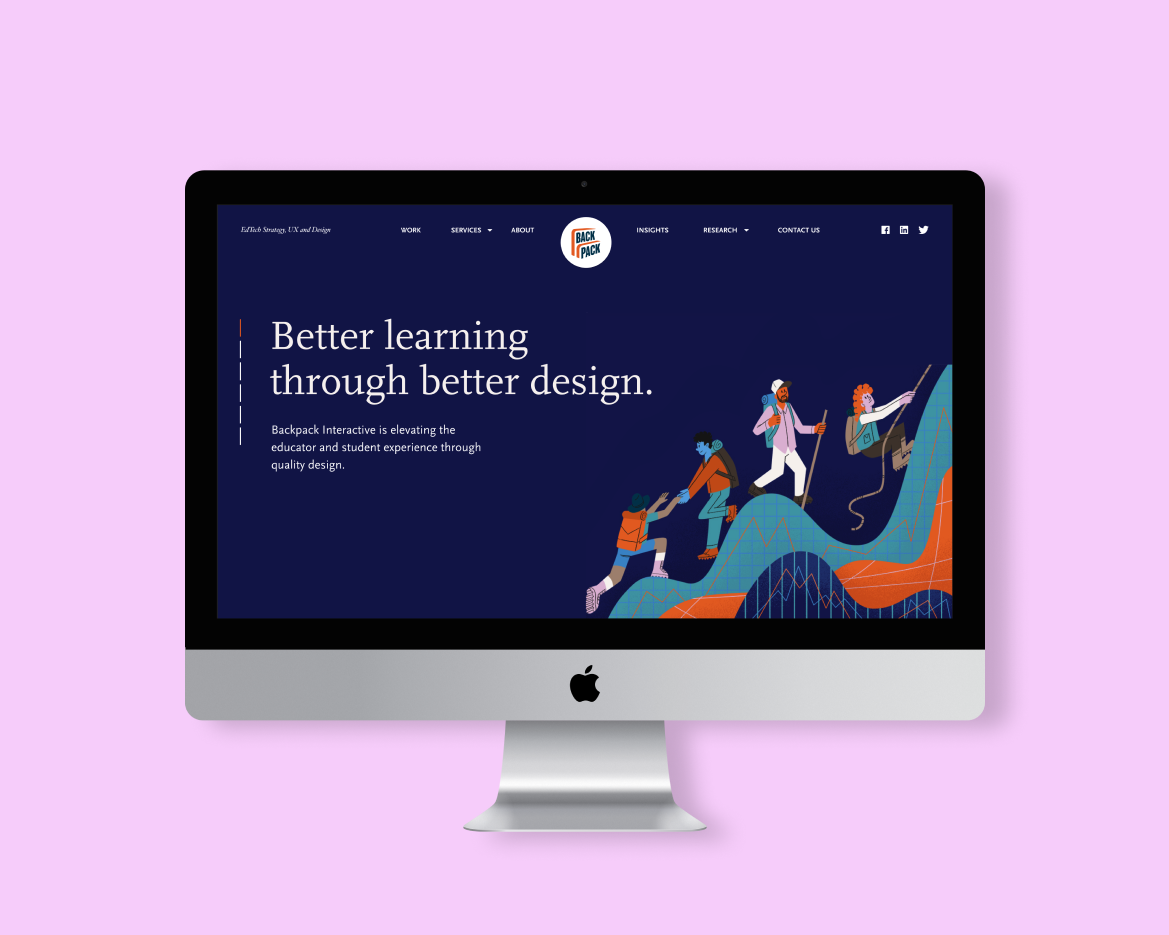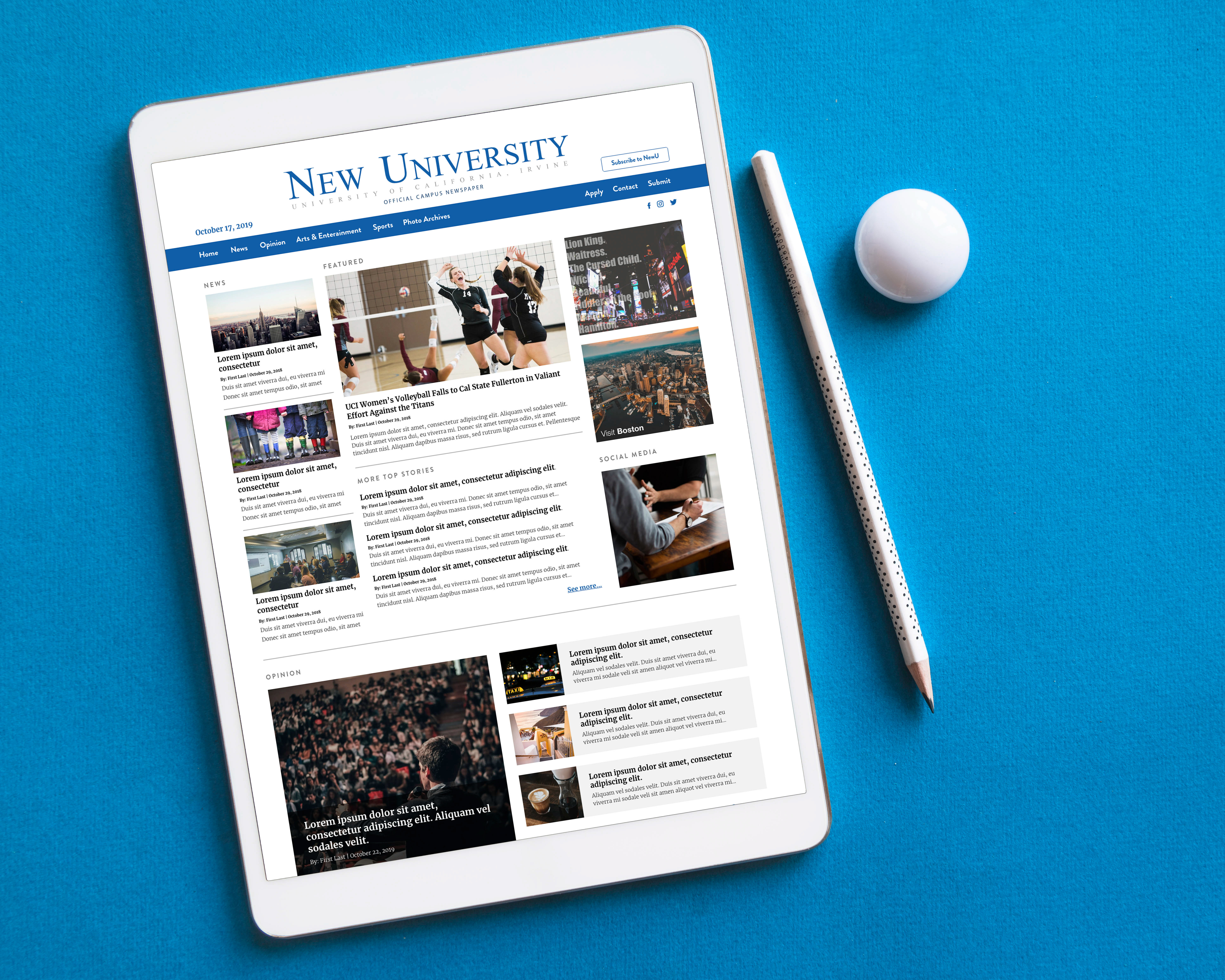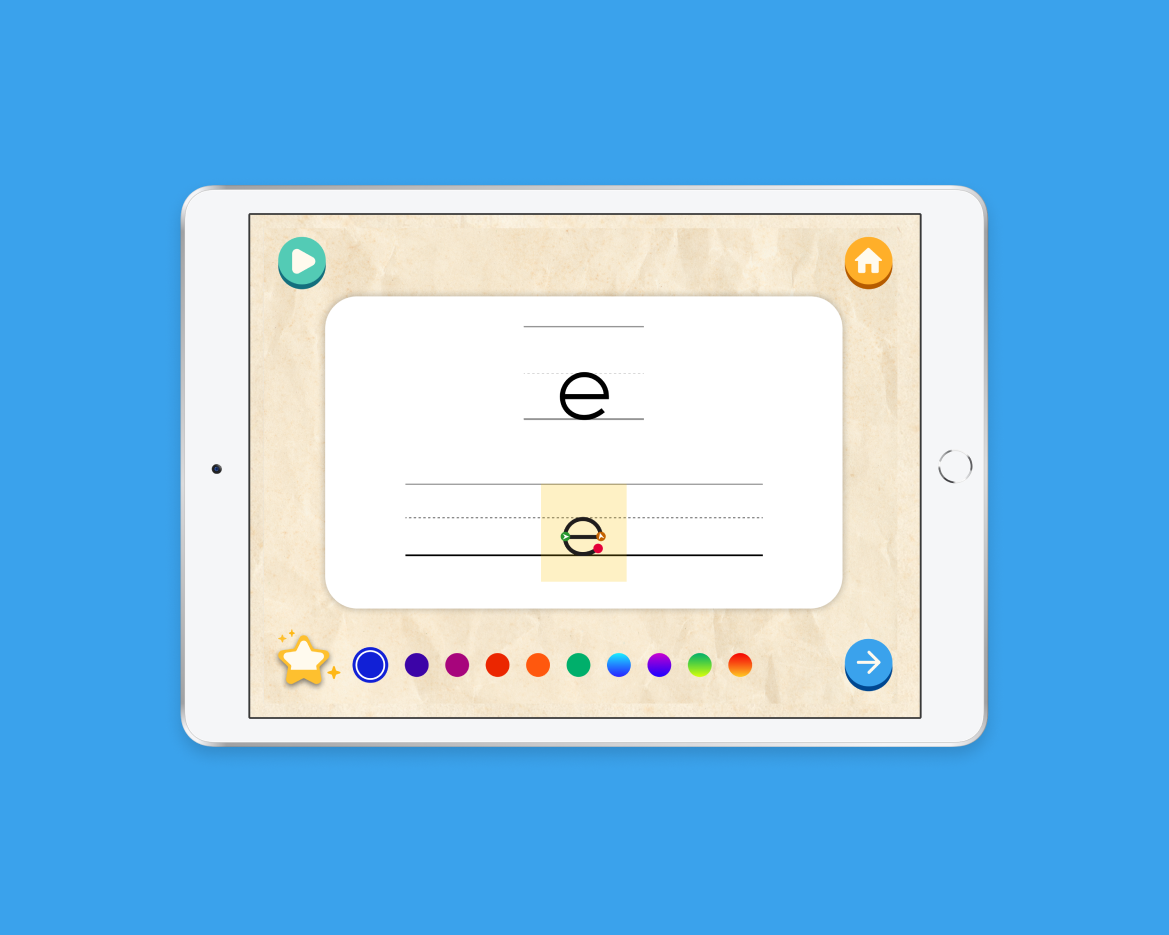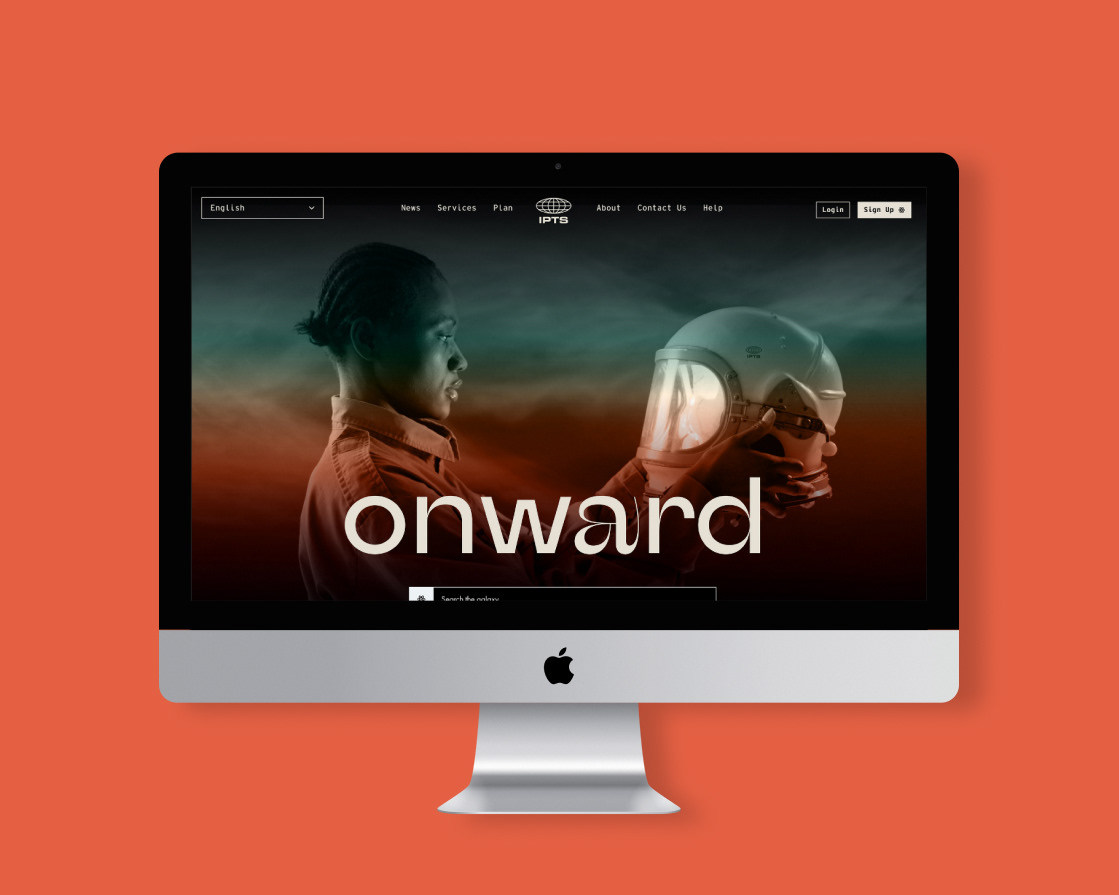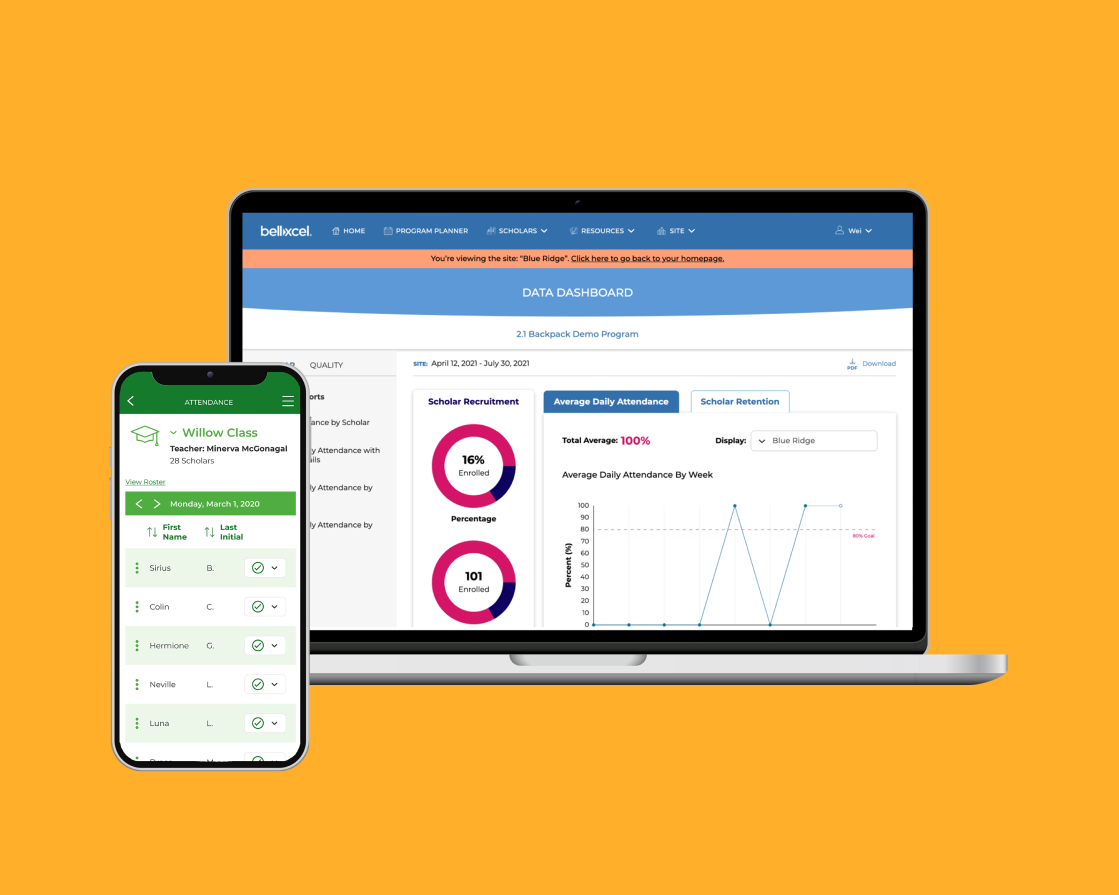Project Type: Discovery, UX Requirements Gathering
Role: Lead Product Designer
Role: Lead Product Designer
Math Nation is a digital tool used to improve proficiency rates in Math across the US. My team and I were hired to audit their current product, propose enhancements, and prioritize them based on user impact and technical resources.
Product Audit
After taking a general look at the Math Nation site, I noticed that there were 4 of Nielsen's Usability Design Heuristics that needed the most improvement:
- Consistency and Standards
- Visibility of System Status
- Aesthetic & Minimalist Design
- Help & Documentation
After taking a general look at the Math Nation site, I noticed that there were 4 of Nielsen's Usability Design Heuristics that needed the most improvement:
- Consistency and Standards
- Visibility of System Status
- Aesthetic & Minimalist Design
- Help & Documentation
Their were elements of the site that didn't follow conventional patterns and made for an overall clunky experience:
The banner on the top of the page took a lot of real estate in the viewport and looked like an error message (when it was actually more informational).
The feedback button underneath it did not pass WCAG accessibility standards and also looked like an error button.
All of the buttons—Create New Assignment, Get Started, and all of the actions within each assignment card (view, copy, edit, etc)—were in the same primary action button treatment, making it difficult for users to identify the purpose of the page.
There was lost opportunity on the teacher homepage as well. For most competitors of edTech products, the teacher homepage showcases reports and a clear call-to-action based on student progress. For Math Nation, it jumped directly into the first lesson of the curriculum, even when a teacher was well into the school year.
These were our final recommendations based on the findings from the product audit.
Feature Prioritization Matrix
Based on the audit findings, we created a feature prioritization matrix, where we first identified features that needed improvement and then ranked them based on user impact and design effort. Based on those scores, the 4 features that ranked highest were suggested prioritization for the next version of Math Nation.
Based on the audit findings, we created a feature prioritization matrix, where we first identified features that needed improvement and then ranked them based on user impact and design effort. Based on those scores, the 4 features that ranked highest were suggested prioritization for the next version of Math Nation.
We were pleased that we were aligned on most of the features to prioritize for V4. Although we didn't initially see eye-to-eye on the feature that our client identified as their number 1 priority, it was helpful to hear the company's goals on that feature and shifted our own mindset for the vision of the product.
Lastly, we ordered those 4 features based on priority of business goals, which then became the roadmap for the next iteration of the site.
Impact
The exercise of creating the feature prioritization matrix is proving its value in V4, as we continue to build features and get positive feedback from both our client and users.
The exercise of creating the feature prioritization matrix is proving its value in V4, as we continue to build features and get positive feedback from both our client and users.
